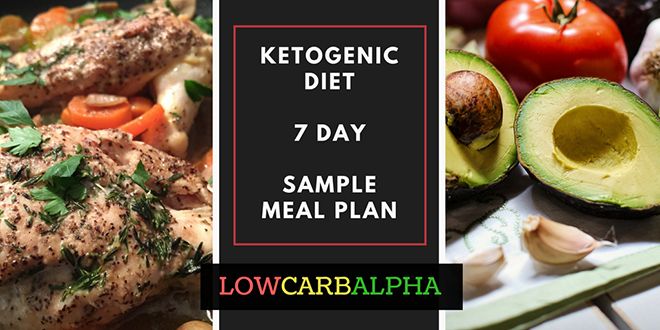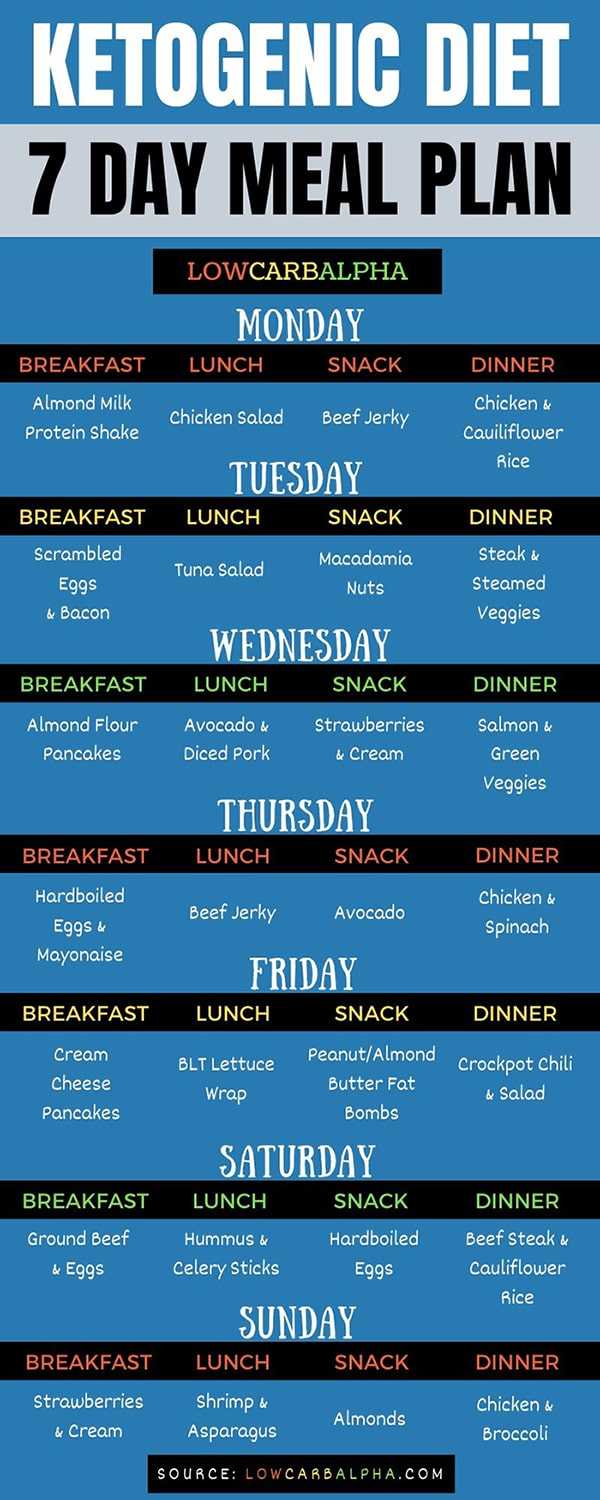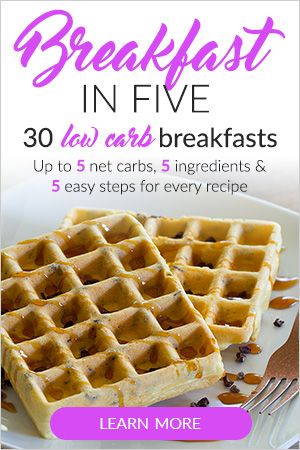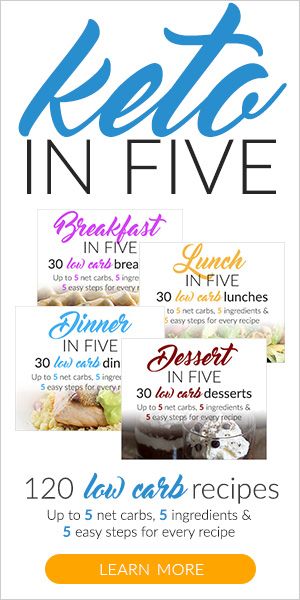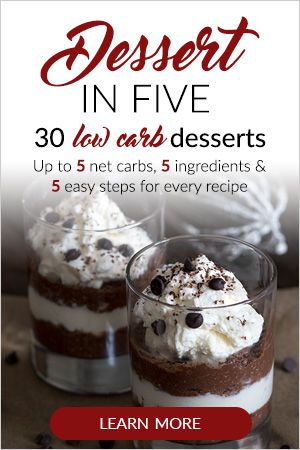The diet focuses on eating mostly fat, limited amounts of protein, and almost no carbs at all.
The “do” list includes: meat, seafood, eggs, vegetables that grow above ground, nuts and seeds, fats and oils, and some dairy products.
In terms of drinks, most keto diet guides advise people to stick to water and skip diet soda, even though it’s artificially sweetened. (No Diet Coke — sorry!)
Below is a list of 12 types of foods that you can eat on a Keto Diet.
1. Meat – chicken, pork, steak, ground beef, lamb, bacon, ham, turkey, sausage (in limited amounts and fattier cuts)
2. Good Fats and Oils – butter, coconut oil, olive oil, ghee, lard, avocado oil, mayonnaise
3. Vegetables – cauliflower, cabbage, avocado, broccoli, zucchini, peppers, eggplants, tomatoes, asparagus, cucumber, onion, mushroom, spinach, lettuce, green beans, olives
4. High Fat Dairy – heavy cream, cheese (soft and hard), cream cheese, sour cream
5. Nuts – almonds, peanuts, peanut butter, almond butter, macadamia nuts, pecans, hazelnuts, walnuts
6. Seafood – salmon, snapper, trout, tuna, cod, catfish, halibut, clams, oysters, lobster, crab, scallops, mussels
7. Berries (sparingly) – blueberries, blackberries, raspberries
8. Artificial Sweeteners (Sparingly) – Stevia, sucralose
9. Alcohol (Sparingly) – hard liquor, dry wine, champagne
10. Eggs
11. Unsweetened coffee and tea
12. Spices





